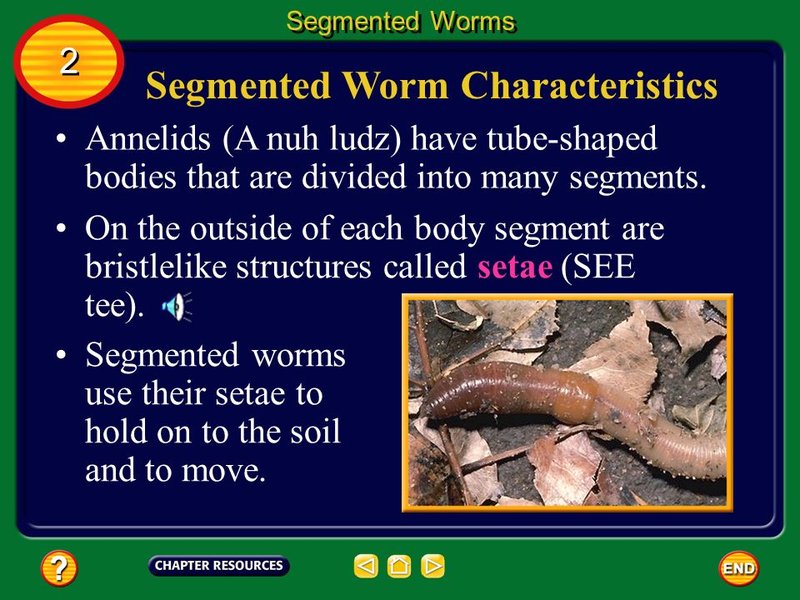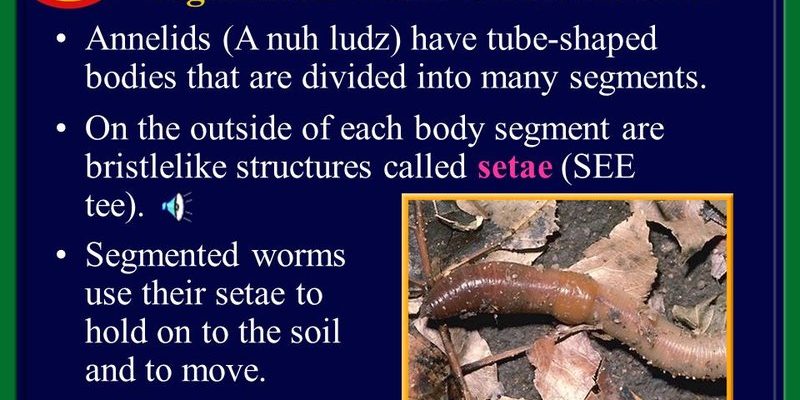
So, what’s the deal with these worms? Well, it’s kind of like having a team of workers in your garden. While they help aerate the soil and provide nutrients, too many of them can lead to problems. Just imagine a team that starts working overtime and ends up creating chaos instead of order. In this article, we’ll take a deep dive into the ecological benefits and drawbacks of segmented worm populations—because understanding both sides helps us appreciate the delicate balance of nature.
The Role of Segmented Worms in Soil Health
Segmented worms, especially earthworms, are often called *ecosystem engineers.* They tunnel through the soil, which helps to aerate it, improving water infiltration and root growth. This is similar to how a gardener carefully tends to their plants, making sure they get just the right amount of air and nutrients.
These worms also munch on decomposing leaves and organic matter, helping to break it down into nutrient-rich compost. This natural process creates *worm castings*, which are like nature’s fertilizer. You might be wondering, why is this so crucial? Well, healthy soil is the backbone of any ecosystem. It not only supports plant growth but also contributes to a thriving habitat for other organisms.
In addition, segmented worms play a role in nutrient cycling. They help redistribute nutrients throughout the soil, ensuring that plants have what they need to grow strong. Overall, their contributions to soil health are vital for maintaining biodiversity and supporting plant life.
Positive Impact on Plant Growth
One of the most significant benefits of having segmented worms in your garden is how they enhance plant growth. Think of them as tiny gardeners working tirelessly underground. When worms burrow through the soil, they create channels that allow roots to penetrate more deeply. This leads to healthier, more robust plants that can withstand drought and disease.
Moreover, as worms break down organic matter, they release nutrients like nitrogen, phosphorus, and potassium back into the soil. These elements are essential for plant growth. Without worms, plants might struggle to access these nutrients, leading to stunted growth, yellowing leaves, or even plant death.
Here’s the thing: when you have a thriving worm population, you’re not just supporting one plant species; you’re fostering a whole community of plants. This diversity can make your garden more resilient to pests and diseases, creating a healthier ecosystem overall.
Improvement of Soil Structure
Segmented worms are fantastic at improving soil structure, which refers to how soil particles bind together. Well-structured soil holds onto water and nutrients better, making them available to plants. When worms burrow, they create spaces in the soil that enhance drainage and aeration. You could think of it like a sponge—when it’s well-structured, it holds water much better and can be squeezed without falling apart.
This improved structure also helps prevent soil erosion. In areas where worms flourish, the soil tends to stay intact, even during heavy rains. This is crucial for maintaining healthy landscapes, especially in agricultural settings where crops rely on stable soil conditions.
Additionally, healthier soil supports a diverse range of microorganisms, which perform essential functions like nutrient cycling and disease suppression. So, it’s not just about the worms themselves; their presence supports a whole microbiome, making ecosystems richer and more resilient.
Drawbacks of Overpopulation
While segmenting worms bring a lot of benefits, an overpopulation can lead to several issues. Just like with any species, balance is key. When the number of worms skyrockets, they can deplete the organic matter in the soil too quickly. This can lead to soil that’s *too* compacted or lacking vital nutrients, which can hinder plant growth.
Moreover, in some regions, non-native segmented worm species can disrupt local ecosystems. For example, when these worms invade an area, they can outcompete native species, leading to a decline in their populations. It’s similar to how a newcomer to a community might take over local resources, putting stress on established relationships.
Lastly, an overwhelming worm population can lead to changes in soil chemistry. Some areas might become overly acidic or alkaline, which can be detrimental to certain plants. So, as great as worms can be, it’s important to keep their populations in check.
The Impact on Local Biodiversity
Segmented worms can both support and threaten local biodiversity. On one hand, they provide essential resources for countless other organisms, including birds, insects, and even some mammals. They help create a rich habitat where various species can thrive. This interdependence is crucial for maintaining the balance within ecosystems.
On the other hand, as we mentioned earlier, non-native segmented worm species can disrupt this harmony. When they invade new habitats, they often outcompete local species for food and resources. This could lead to a reduction or even extinction of native worm populations, which, in turn, affects the broader ecosystem. Just imagine a once-vibrant community slowly losing its character because a few newcomers took over—it can be a real problem.
Encouraging a healthy balance of both native and non-native worms is key to maintaining biodiversity. This involves understanding the local environment and being mindful of how we interact with these fascinating creatures.
Creating a Balanced Environment
So, how do we strike the right balance when it comes to segmented worm populations? A good start is to educate ourselves and others about their role in the ecosystem. Understanding the benefits and drawbacks allows us to manage our gardens and landscapes more effectively.
Practicing sustainable gardening is another essential step. This includes composting, which naturally attracts beneficial worm species and supports nutrient cycling. By doing this, we can maintain healthy, balanced worm populations without letting any one species dominate.
You might also want to think about *plant diversity*. By growing a variety of plants, you can create a more robust ecosystem that supports both worms and other beneficial organisms. It’s all about creating an environment where everyone can thrive, from the tiniest worm to the tallest tree.
Segmented worms are more than just garden guests; they are fundamental players in maintaining healthy ecosystems. Their benefits, like improving soil health and boosting plant growth, are valuable, but they come with challenges, too. Understanding both the ecological benefits and drawbacks of segmented worm populations helps us appreciate the complex web of life that surrounds us.
By fostering a balanced environment, we can ensure that these little creatures continue to thrive without overwhelming our natural spaces. In the end, it’s all about harmony—because when nature works together, everyone benefits. So the next time you spot a worm in your garden, take a moment to appreciate the hard work they do. They might just be the unsung heroes of your backyard!

